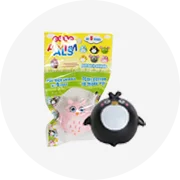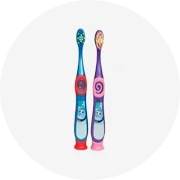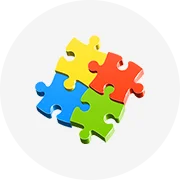Exploring the Versatile World of Reading Pens for Books
The reading pen for book category encompasses a variety of educational tools designed to enhance the learning experience for children. These innovative devices have transformed traditional reading methods, offering interactive and engaging ways for young learners to develop their reading skills. From language acquisition to coding fundamentals, reading pens serve as a bridge between tactile learning and digital sophistication.
Types and Features of Reading Pens
Reading pens come in several forms, each tailored to different learning stages and styles. Basic models focus on letter recognition and pronunciation, aiding early readers in phonetic development. More advanced pens incorporate interactive storybooks, enabling children to touch words or pictures and hear corresponding sounds or narratives. Some are even compatible with educational games that reinforce literacy skills through play.
Educational Applications of Reading Pens
The application of reading pens extends beyond mere reading. They are instrumental in teaching a variety of subjects. For instance, geography is made more accessible as children can explore countries and cultures with a simple tap. Mathematics and counting become less daunting with pens that turn numbers into interactive exercises. Even the basics of programming are introduced through storytelling and problem-solving activities, laying the groundwork for future education in technology.
Materials and Design Considerations
Manufacturers of reading pens for educational purposes prioritize durability and child-friendly materials. The pens are often made from robust plastics that can withstand the rigors of frequent use. Ergonomic design ensures that these pens are suitable for small hands, facilitating ease of use and comfort during learning sessions.
Advantages of Integrating Reading Pens in Learning
The advantages of incorporating reading pens in educational activities are manifold. They cater to various learning styles, particularly auditory and kinesthetic learners, by providing immediate auditory feedback. This interactive approach can improve engagement and retention. Additionally, the portability of reading pens allows for learning to continue anywhere, from the classroom to home.
Conclusion
In conclusion, the reading pen for book is a multifaceted educational tool that has revolutionized the way children engage with learning materials. By combining tactile interaction with auditory feedback, reading pens offer a dynamic approach to education that can cater to a wide range of learning preferences and needs. As technology continues to evolve, so too will the capabilities of these devices, further enriching the educational landscape for young learners.









































 浙公网安备 33010002000092号
浙公网安备 33010002000092号 浙B2-20120091-4
浙B2-20120091-4